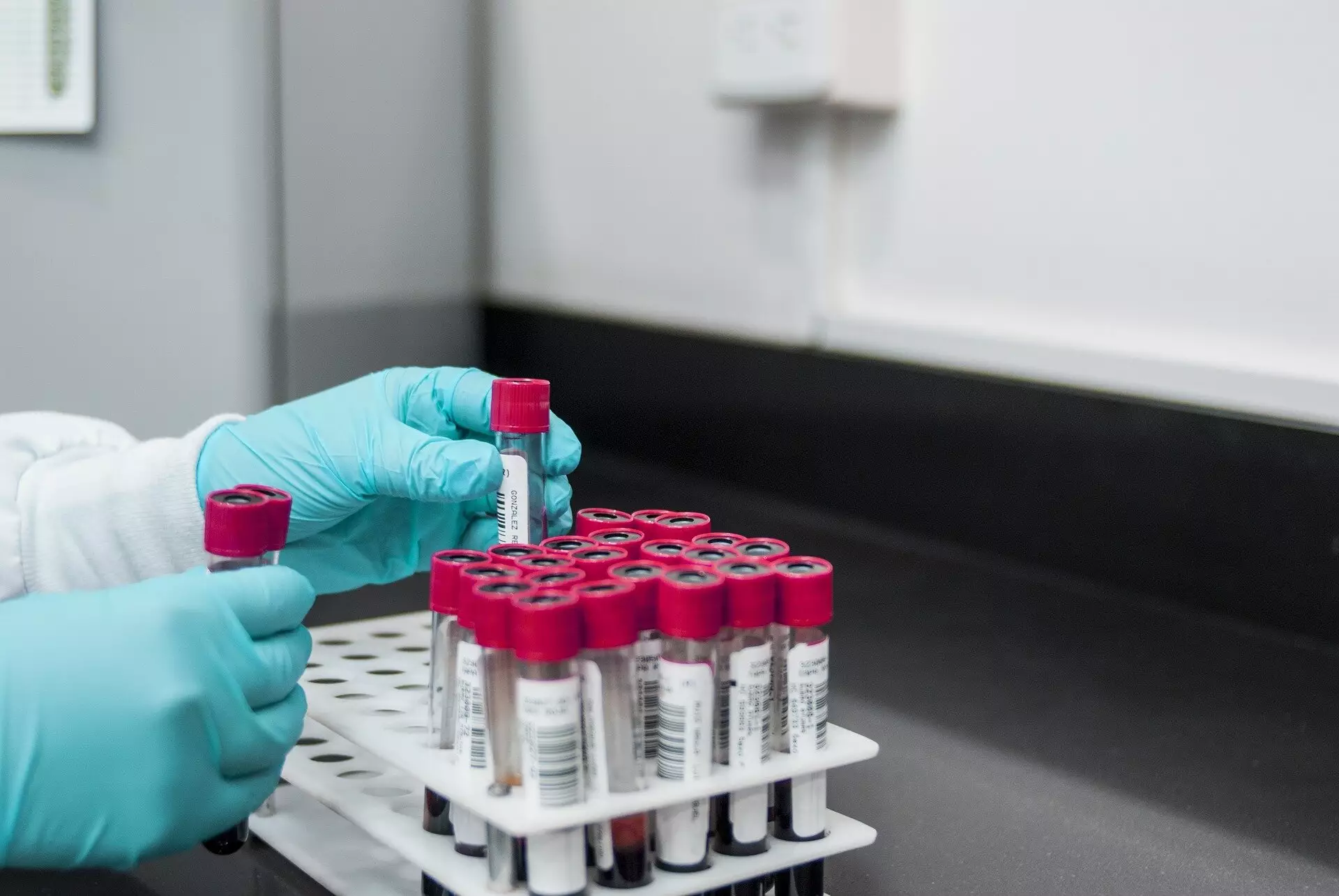Prostate cancer is a prevalent issue among men, with approximately 300,000 new cases in the U.S. every year. However, not all cases of prostate cancer require treatment or even biopsies. Recent research from Brigham and Women’s Hospital suggests that combining MRI of the prostate with prostate-specific antigen (PSA) density testing can help determine if a prostate lesion is clinically significant cancer. This approach aims to reduce unnecessary biopsies, minimizing patient harm and healthcare costs.
Identifying which cases of prostate cancer require treatment can be challenging. Deciding whether a biopsy is necessary is particularly difficult, as biopsies are invasive, uncomfortable, and expensive. Clinically significant prostate cancer is defined as cancer that poses a high risk to a patient’s life, whether through aggressive cells or cancer spreading outside the prostate gland. The goal is to differentiate between harmless cancers and those that require immediate attention.
MRI of the prostate can provide valuable information about the nature of the cancer cells, helping doctors make more informed decisions about the necessity of a biopsy. By combining MRI-based prostate imaging reporting and data system (PI-RADS) scores with PSA density, researchers found that certain cutoff values could predict whether a biopsy is likely to be unnecessary. This innovative approach aims to maintain high sensitivity while reducing unnecessary biopsies.
A recent meta-analysis of 72 studies involving over 36,000 patients showed promising results. Patients with a PI-RADS score under 4 and a PSAD below 0.10 ng/ml2 may not require a biopsy, as the likelihood of clinically significant cancer is minimal. By utilizing specific PI-RADS and PSAD cutoff values, doctors could potentially avoid up to 50% of unnecessary biopsies while only missing a small percentage of clinically significant cases. This approach has the potential to revolutionize prostate cancer diagnosis and treatment.
The findings of this research have significant implications for clinical practice. By providing doctors and patients with more information about the necessity of a biopsy, healthcare professionals can make better-informed decisions about treatment. This approach not only reduces the burden on patients but also streamlines healthcare resources by avoiding unnecessary procedures.
The next step in this research is to develop a patient-level scoring system based on the analysis results. This system would allow urologists to evaluate each patient’s risk of clinically significant prostate cancer and the need for a biopsy more accurately. By providing clinicians with a user-friendly tool to assess patients, this research has the potential to transform prostate cancer diagnosis and treatment protocols.
The combination of MRI of the prostate and PSA density testing offers a promising new approach to diagnosing clinically significant prostate cancer. By using specific cutoff values, doctors can make more informed decisions about the necessity of biopsies, reducing patient harm and healthcare costs. This research underscores the importance of innovation in cancer diagnosis and treatment, paving the way for more personalized and effective approaches to managing prostate cancer.

